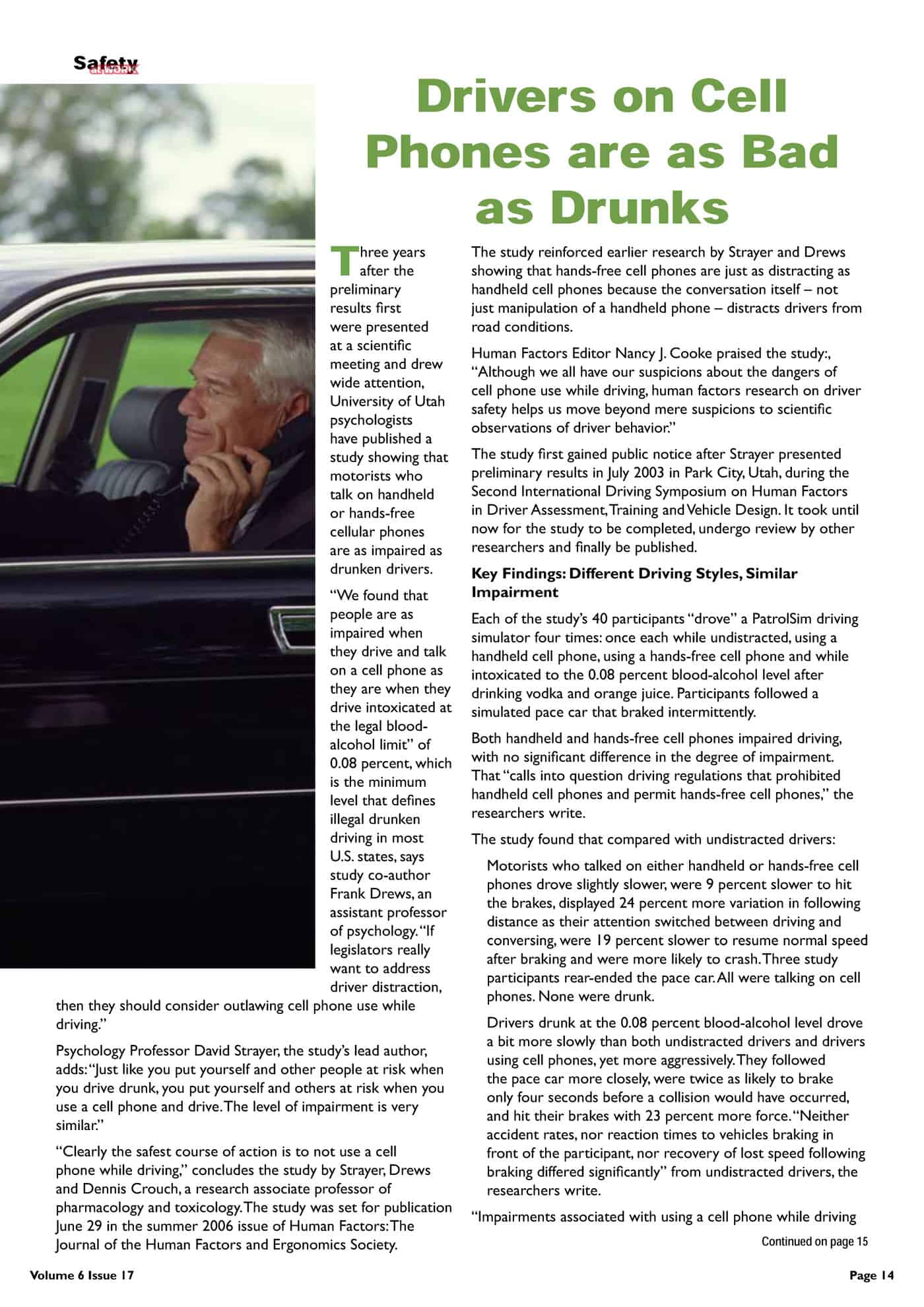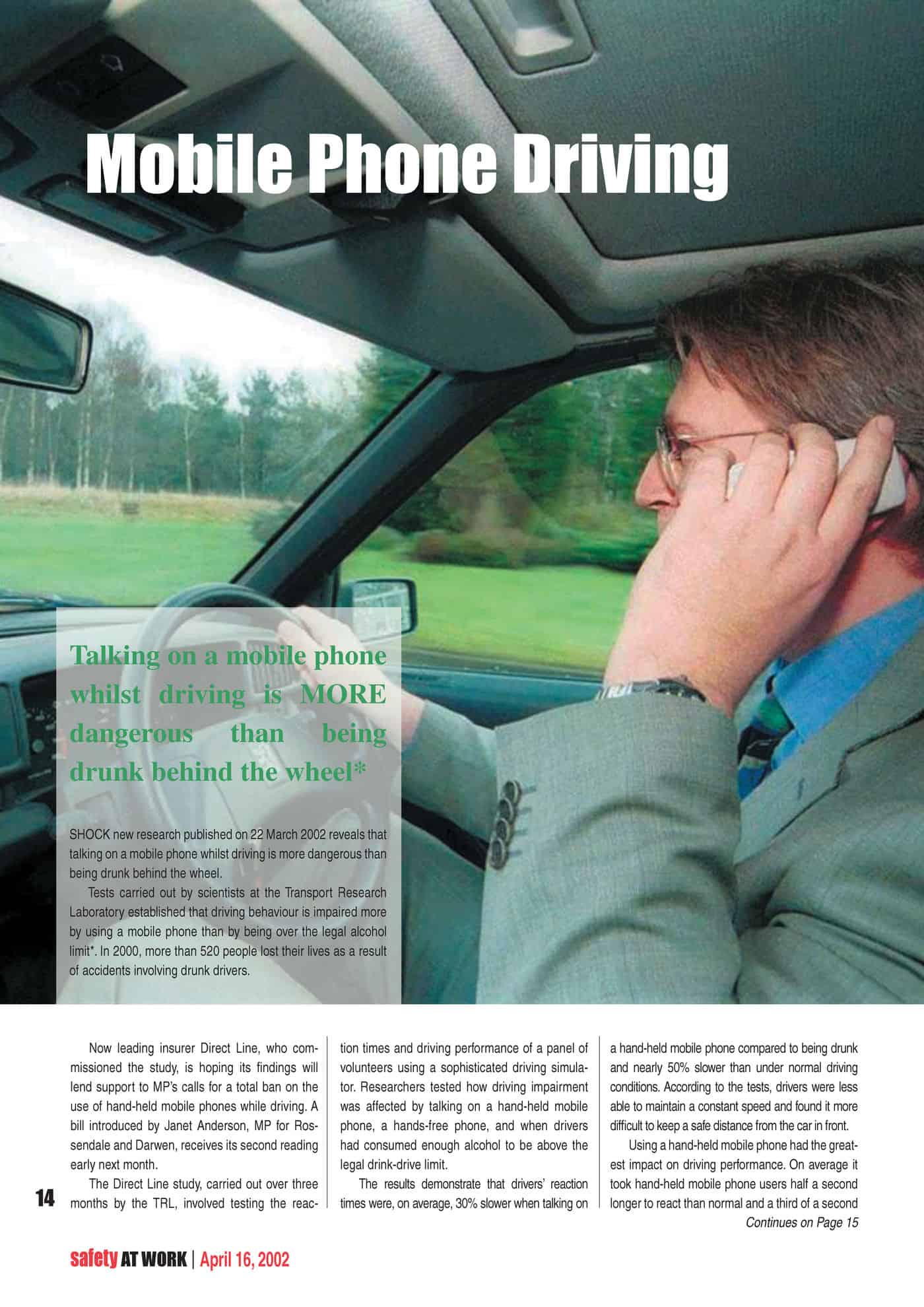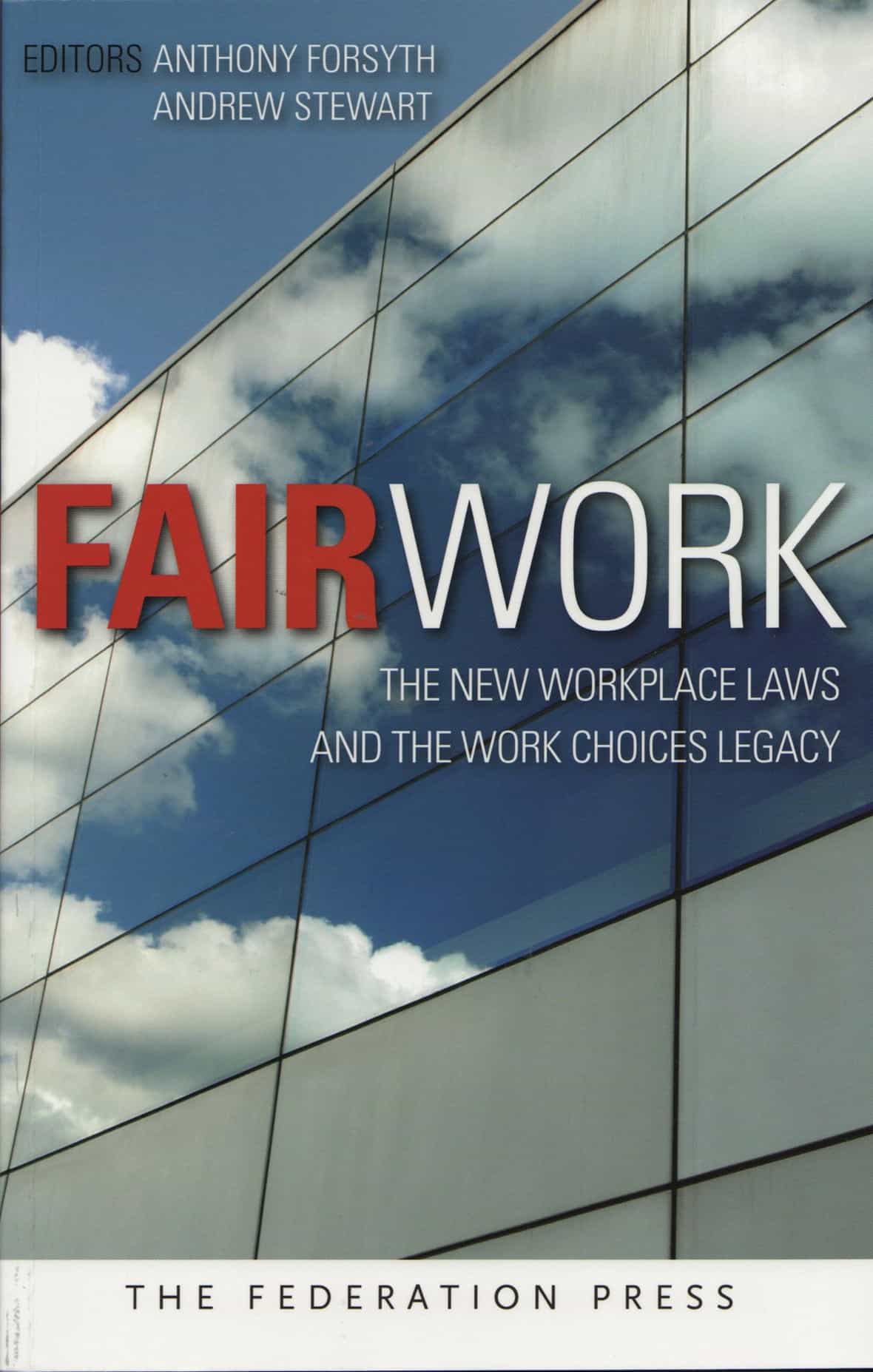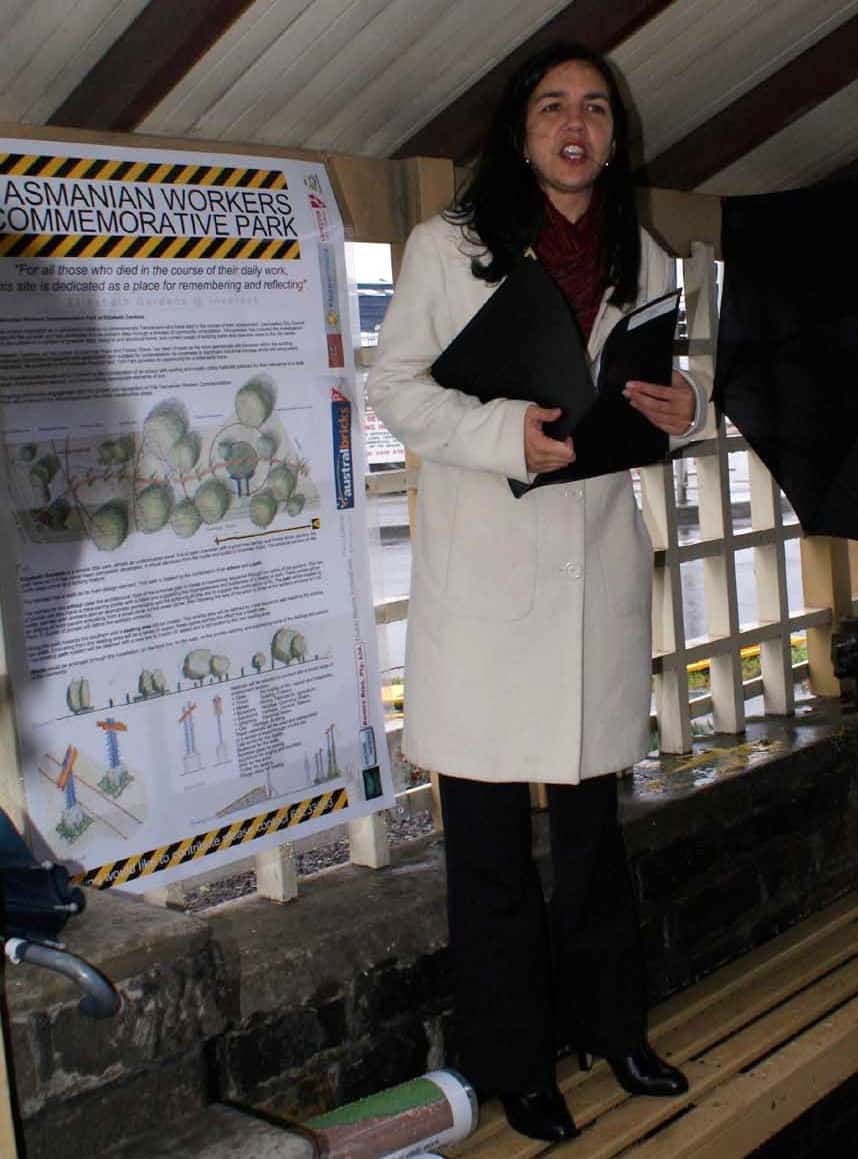The Australian media has widely reported that Australian Prime Minister, Kevin Rudd, exists on three-hours sleep per night. He doesn’t and Professor Drew Dawson, a prominent Australian sleep researcher, discusses the exaggeration of high-flying professionals in an article at Crikey.com on 21 July 2009.
More research of Professor Drew Dawson, Director, Centre for Sleep Research, University of South Australia, is available online.

 No US State has banned the practice because social use of mobile phones has become so widespread that any ban is impossible to enforce effectively.
No US State has banned the practice because social use of mobile phones has become so widespread that any ban is impossible to enforce effectively. The industrialised world, in particular, has been wrestling with the hazard of phones and driving for well over a decade. One
The industrialised world, in particular, has been wrestling with the hazard of phones and driving for well over a decade. One  According to a 2004 report by the US National Highway Traffic Safety Administration reported by UPI (unable to find a link)
According to a 2004 report by the US National Highway Traffic Safety Administration reported by UPI (unable to find a link)


